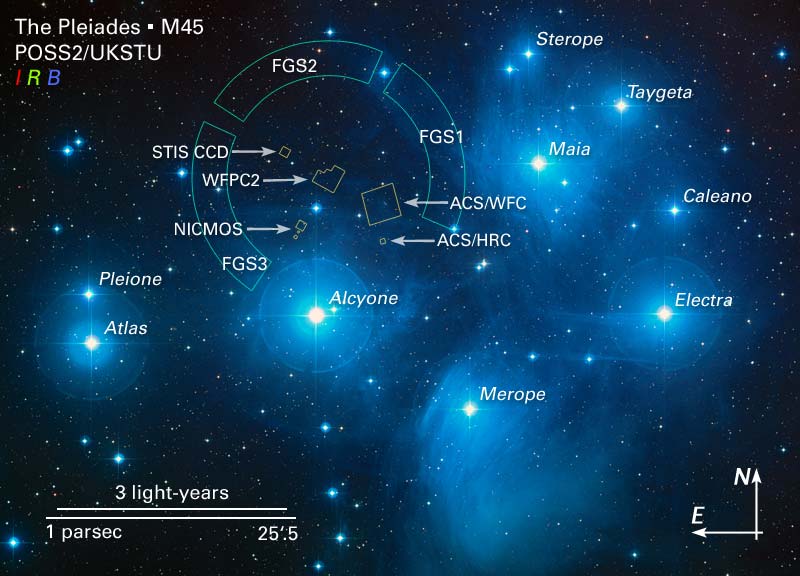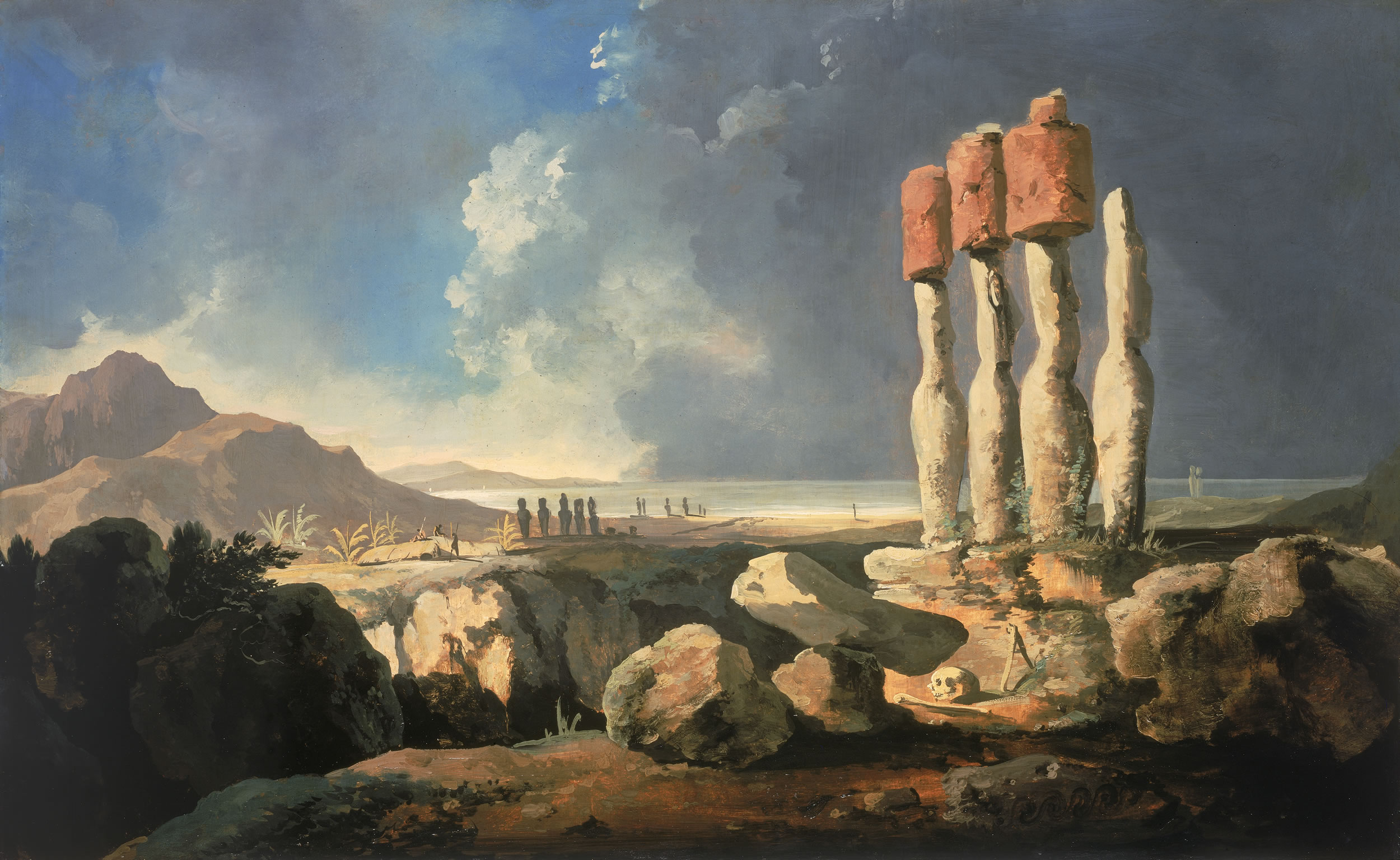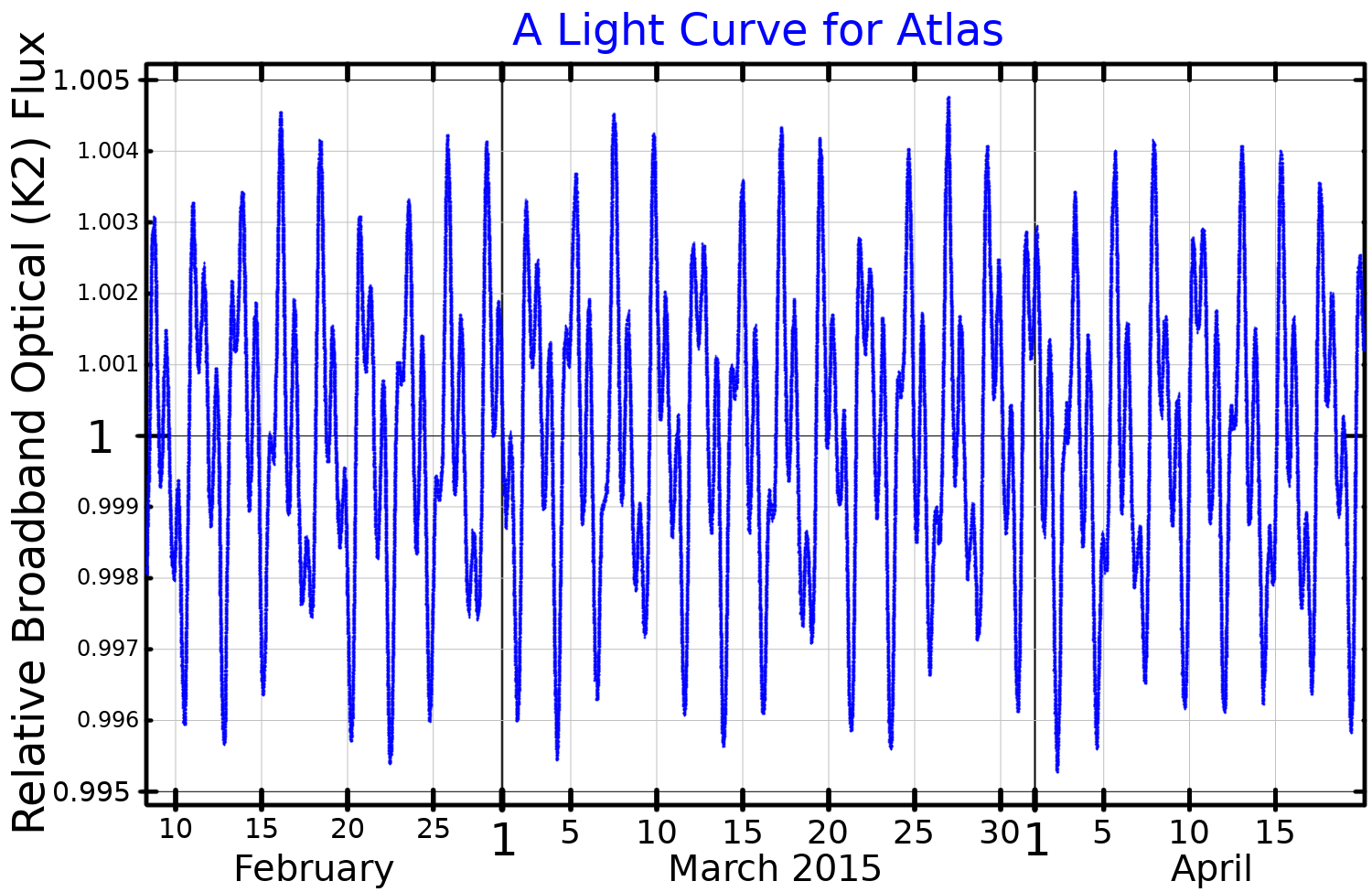|
Matariki
In Māori culture, Matariki is the Pleiades star cluster and a celebration of its first rising in late June or early July. The rising marks the beginning of the new year in the Māori lunar calendar. Historically, Matariki was usually celebrated for a period of days during the last quarter of the moon of the lunar month Pipiri (around June). The ceremony involved viewing the individual stars for forecasts of the year to come, mourning the deceased of the past year, and making an offering of food to replenish the stars. Some Māori use the rise of Puanga (Rigel) or other stars to mark the new year. Celebration of Matariki declined during the 20th century, but beginning in the early 1990s it underwent a revival. Matariki was first celebrated as an official public holiday in New Zealand on 24 June 2022. Name and meaning Matariki is the Māori name for the cluster of stars known to Western astronomers as the Pleiades in the constellation Taurus. is a shortened version of , ... [...More Info...] [...Related Items...] OR: [Wikipedia] [Google] [Baidu] |
Public Holiday In New Zealand
Public holidays in New Zealand (also known as statutory holidays) consist of a variety of cultural, national, and religious holidays that are legislated in New Zealand. Workers can get a maximum of 12 public holidays (eleven national holidays plus one provincial holiday) and a minimum of 20 annual leave days a year. History Bank holidays in New Zealand originated with a celebration of St Andrew's Day in 1857. Nationwide public holidays began with the Bank Holidays Act 1873, which was based on the UK Bank Holidays Act 1871. Initially there was some resistance to it. Anniversary days celebrated, from as early as 1843, the first arrivals of settlers in each province. By 1846 the Wellington Anniversary Day was described as having the appearance of an English Fair. Half-holidays, or early closing days, were widespread from the 1900s to 1970s. They allowed 6 day weeks in shops and offices to include a half day off from 1 pm, on a day set by the local council. From the late 1840s t ... [...More Info...] [...Related Items...] OR: [Wikipedia] [Google] [Baidu] |
Māori Culture
Māori culture () is the customs, cultural practices, and beliefs of the Māori people of New Zealand. It originated from, and is still part of, Polynesians, Eastern Polynesian culture. Māori culture forms a distinctive part of Culture of New Zealand, New Zealand culture and, due to a large diaspora and the incorporation of Māori motifs into popular culture, it is found throughout the world. Within Māoridom, and to a lesser extent throughout New Zealand as a whole, the word is often used as an approximate synonym for Māori culture, the Māori language, Māori-language suffix being roughly equivalent to the qualitative noun-ending ''-ness'' in English. has also been translated as "[a] Māori way of life." The term , meaning the guiding beliefs and principles which act as a base or foundation for behaviour, is also widely used to refer to Māori cultural values. Four distinct but overlapping cultural eras have contributed Māori history, historically to Māori culture: * b ... [...More Info...] [...Related Items...] OR: [Wikipedia] [Google] [Baidu] |
Sterope (star)
The Sterope or Asterope system is a double star in the zodiac constellation of Taurus. Its components have the Flamsteed designations 21 Tauri and 22 Tauri, and are sometimes known as Sterope I and Sterope II, respectively. The International Astronomical Union applies the name ''Asterope'' specifically to 21 Tauri. The two stars are thus * 21 Tauri (or Sterope I, formally Asterope) * 22 Tauri (or Sterope II) The two stars are separated by 0.047° on the sky, which is equal to 2.82 arc-minutes and thus closer than the usual naked-eye resolution limit of 4 arc-min, giving an elongated appearance of the two together. Both are members of the Pleiades open star cluster ( M45) and approximately 440 light-years from the Sun. Nomenclature Asterope was one of the Pleiades sisters in Greek mythology. In 2016, the International Astronomical Union organized a Working Group on Star Names (WGSN) to catalogue and standardize proper names for stars. The WGSN decided to attribute p ... [...More Info...] [...Related Items...] OR: [Wikipedia] [Google] [Baidu] |
Pleiades
The Pleiades (), also known as Seven Sisters and Messier 45 (M45), is an Asterism (astronomy), asterism of an open cluster, open star cluster containing young Stellar classification#Class B, B-type stars in the northwest of the constellation Taurus (constellation), Taurus. At a distance of about 444 light-years, it is among the nearest star clusters to Earth and the nearest Messier object to Earth, being the most obvious star cluster to the naked eye in the night sky. It is also observed to house the reflection nebula NGC 1432, an HII region. Around 2330 BC it marked the vernal point. Due to the brightness of its stars, the Pleiades is viewable from most areas on Earth, even in locations with significant light pollution. The cluster is dominated by OB star, hot blue luminous stars that have formed within the last 100 million years. Reflection nebulae around the brightest stars were once thought to be leftover material from their formation, but are now considered likely to be an u ... [...More Info...] [...Related Items...] OR: [Wikipedia] [Google] [Baidu] |
Heliacal Rising
The heliacal rising ( ) of a star or a planet occurs annually when it becomes visible above the eastern horizon at dawn just before sunrise (thus becoming "the Morning Star (other)#Astronomy, morning star"). A heliacal rising marks the time when a star or planet becomes visible for the first time again in the night sky after having set with the Sun at the western horizon in a previous sunset (its heliacal setting), having since been in the sky only during daytime, obscured by sunlight. Historically, the most important such rising is that of Sirius, which was an important feature of the Egyptian calendar and Egyptian astronomy, astronomical development. The rising of the Pleiades heralded the start of the Ancient Greek sailing season, using celestial navigation, as well as the farming season (attested by Hesiod in his Works and Days). Heliacal rising is one of several types of risings and settings, mostly they are grouped into morning and evening risings and settings of obj ... [...More Info...] [...Related Items...] OR: [Wikipedia] [Google] [Baidu] |
Rigel
Rigel is a blue supergiant star in the constellation of Orion. It has the Bayer designation β Orionis, which is Latinized to Beta Orionis and abbreviated Beta Ori or β Ori. Rigel is the brightest and most massive componentand the eponymof a star system of at least four stars that appear as a single blue-white point of light to the naked eye. This system is located at a distance of approximately . A star of spectral type B8Ia, Rigel is calculated to be anywhere from 61,500 to 363,000 times as luminous as the Sun, and 18 to 24 times as massive, depending on the method and assumptions used. Its radius is more than seventy times that of the Sun, and its surface temperature is . Due to its stellar wind, Rigel's mass-loss is estimated to be ten million times that of the Sun. With an estimated age of seven to nine million years, Rigel has exhausted its core hydrogen fuel, expanded, and cooled to become a supergiant. It is expected to end its life as a typeII su ... [...More Info...] [...Related Items...] OR: [Wikipedia] [Google] [Baidu] |
Makahiki
The Makahiki season is the ancient Hawaiian New Year festival, in honor of the god Lono of the Hawaiian religion. It lasts four consecutive lunar months, approximately from October/November through February/March. It is a time for men, women and chiefs to rest, strengthen the body, and have feasts of commemoration (''ʻahaʻaina hoʻomanaʻo''). During Makahiki labor was prohibited and days were marked for resting and feasting. The Hawaiians gave thanks to the god Lono-ika-makahiki for his care. He brought life, blessings, peace and victory to the land. They also prayed for the death of their enemies. ''Makaʻainana'' (commoners) prayed that lands of their ''aliʻi'' (chief) may be increased, and that their own physical health along with the health of their chiefs be at their fullest. In antiquity, many religious ceremonies occurred during this festival period. Commoners stopped work, made offerings to the chief or ''alii'', and then spent their time practicing sports, feast ... [...More Info...] [...Related Items...] OR: [Wikipedia] [Google] [Baidu] |
Pleione (star)
PleionePronounced or is a binary star system in the Pleiades open cluster, star cluster, within the Taurus constellation. It has the variable star designation BU Tauri (BU Tau) and the Flamsteed designation 28 Tauri (28 Tau). Pleione is located close on the sky to the brighter star Atlas (star), Atlas, so is difficult for stargazers to distinguish with the naked eye despite being a fifth magnitude star. The brighter star of the Pleione binary pair, component A, is a hot B-type star, type B star 184 times more luminous than the Sun. It is classified as Be star with certain distinguishing traits: periodic phase changes and a complex circumstellar environment composed of two gaseous disks at different angles to each other. The primary star rotates rapidly, close to its Stellar rotation#Equatorial bulge, breakup velocity, even faster than Achernar. Although some research on the companion star has been performed, stellar characteristics of the orbiting B component are not w ... [...More Info...] [...Related Items...] OR: [Wikipedia] [Google] [Baidu] |
Easter Island
Easter Island (, ; , ) is an island and special territory of Chile in the southeastern Pacific Ocean, at the southeasternmost point of the Polynesian Triangle in Oceania. The island is renowned for its nearly 1,000 extant monumental statues, called ''moai'', which were created by the early Rapa Nui people. In 1995, UNESCO named Easter Island a World Heritage Site, with much of the island protected within Rapa Nui National Park. Experts differ on when the island's Polynesian inhabitants first reached the island. While many in the research community cited evidence that they arrived around the year 800, a 2007 study provided compelling evidence suggesting their arrival was closer to 1200. The inhabitants created a thriving and industrious culture, as evidenced by the island's numerous enormous stone ''moai'' and other artifacts. Land clearing for cultivation and the introduction of the Polynesian rat led to gradual deforestation. By the time of European arrival in 1722, the i ... [...More Info...] [...Related Items...] OR: [Wikipedia] [Google] [Baidu] |
The Matariki Stars
''The'' is a grammatical article in English, denoting nouns that are already or about to be mentioned, under discussion, implied or otherwise presumed familiar to listeners, readers, or speakers. It is the definite article in English. ''The'' is the most frequently used word in the English language; studies and analyses of texts have found it to account for seven percent of all printed English-language words. It is derived from gendered articles in Old English which combined in Middle English and now has a single form used with nouns of any gender. The word can be used with both singular and plural nouns, and with a noun that starts with any letter. This is different from many other languages, which have different forms of the definite article for different genders or numbers. Pronunciation In most dialects, "the" is pronounced as (with the voiced dental fricative followed by a schwa) when followed by a consonant sound, and as (homophone of the archaic pronoun ''thee' ... [...More Info...] [...Related Items...] OR: [Wikipedia] [Google] [Baidu] |
Atlas (star)
Atlas , designation 27 Tauri, is a Star system#Triple star systems, triple star system in the constellation of Taurus (constellation), Taurus. It is a member of the Pleiades, an Open cluster, open star cluster (Messier object, M45). It is 431 light-years (132 parsecs) away, and is 3.92 degrees north of the ecliptic. Nomenclature ''27 Tauri'' is the star's Flamsteed designation. In 2016 the International Astronomical Union organized a IAU Working Group on Star Names, Working Group on Star Names (WGSN) to catalogue and standardize proper names for stars. The WGSN approved the name ''Atlas'' for this star on 21 August 2016 and it is now so entered in the IAU Catalog of Star Names. Mythology Atlas (mythology), Atlas was a Titan (mythology), Titan and the father of the Pleiades (Greek mythology), Pleiades sisters in Greek mythology. Properties Atlas is a triple star system, with the inner pair orbiting in under a year and the outer star orbiting in 260 years. The outer s ... [...More Info...] [...Related Items...] OR: [Wikipedia] [Google] [Baidu] |
Electra (star)
Electra , designated 17 Tauri, is a blue-white giant star in the constellation of Taurus (constellation), Taurus located approximately 440 light years away. It is the third-brightest star in the Pleiades Open cluster, open star cluster (Messier object, M45), visible to the naked eye with an apparent magnitude of 3.7. Like the other bright stars of the Pleiades, it is named for one of the Pleiades (Greek mythology), Seven Sisters of Greek mythology. Properties Electra has an apparent brightness of 3.72, the third-brightest of the stars in the group. It belongs to the spectral class B6 IIIe and is approximately 440 light-years from the Sun. A number of papers have reported Electra to be a multiple star, but these have been contradictory and never confirmed. The stellar rotation, projected rotational velocity of this star is , making it a fast rotator. This is the velocity component of the star's equatorial rotation along the line of sight to the Earth. The estimated inc ... [...More Info...] [...Related Items...] OR: [Wikipedia] [Google] [Baidu] |










